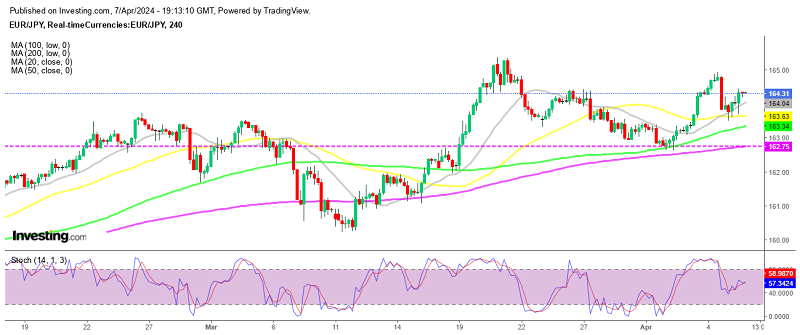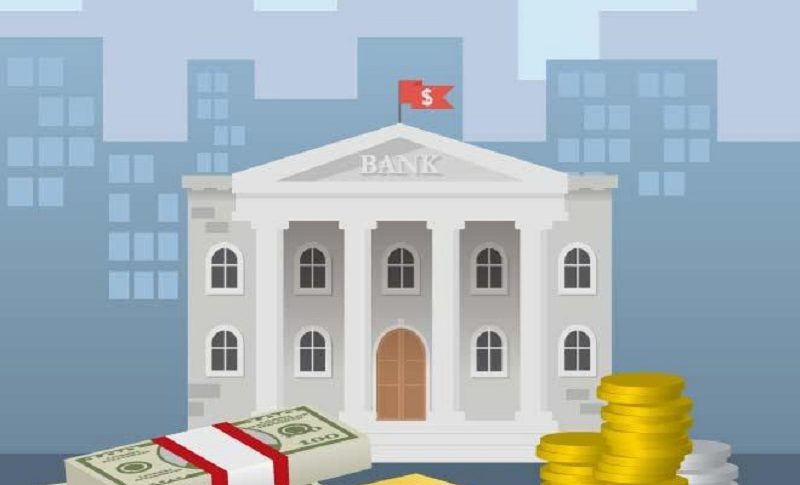The Euro to Japanese Yen exchange rate is referred to as the (EUR/JPY), and sometimes also as the "Euppy", pronounced "Yuppy." This pair is also a minor or cross currency pair, like the EUR/CHF, EUR/NZD and EUR/GBP. It is the most traded currency pair in the global financial market, as Japan's relationship with European countries generates considerable trading activity and provides meaningful movement.
The Euro, as a currency, was introduced in 1999, and it is one of the truly modern currencies. It is an official currency of the largest economic region in the world, the European Union. As a currency, the Euro is unique, because, unlike other currencies, it represents multiple nations. The aim behind the introduction of a common currency was to stabilize the European economy and promote overall monetary cooperation.
Even though the Euro is a modern currency, it has still risen to become the 2nd most traded currency in the world, behind the US dollar. The Euro faced its first major test in 2008, when the Eurozone fell into a recession. Major member states of the Eurozone, like Greece, Italy, and Spain, are facing a debt crisis and exerting pressure on the Euro.
The third most traded currency in the world is the Japanese Yen, which originated in 1871. It was first adopted by the Meiji government, and has survived two World Wars. The strength of the Japanese Yen is dependent on the advanced industrial developments that have made it prominent all over the globe.
Prime Minister Shinzo Abe started the major devaluation seen in the Japanese Yen in 2012. This deliberate devaluation is known as "Abenomics" in the financial world. The government interference in the value of the Yen was undertaken in order to maintain the country's status as the major export nation of the world.
As for the EUR/JPY, the currency pair dropped to its all-time low level, at 90.00, in October 2000, but after that, the pair gathered pace, and continued rising to an all-time high of 169.78 in July 2008. The Great Recession in 2008 exerted pressure on the EUR/JPY, causing it to drop to 115, due to the weakness of the Euro.
The strength of the Japanese Yen put pressure on the pair, causing it to drop to 95.0 in 2012. When Abenomics started, the EUR/JPY pair rose to 120 in 2013 and extended its bullish trend till the end of 2014, reaching a level of 150.
Current EUR/JPY Price: $
Historical Data Tables:
EUR/JPY Historical Price Data
| Date | Price | Open | High | Low | Change % |
|---|
Monthly Change
| Date | Price | Open | High | Low | Change % |
|---|
Factors Impacting the EUR/JPY currency pair:
Bank of Japan:
The Japanese Yen is highly influenced by the Bank of Japan (BOJ), which issues the monthly interest rate announcements and monetary statements. The Bank of Japan has implemented the most aggressive global quantitative easing program ever, that has made it weaker overall.
European Central Bank:
The ECB is the central bank of the 19-nation European Union. It also releases interest rates and monetary policy decisions every month. The ECB also makes decisions on strategic stimulus packages or borrowing for individual member states, all of which impact the single currency, the Euro, and ultimately also the EUR/JPY pair.
Statistics Bureau of Japan:
The Statistics Bureau of Japan releases major data reports, which are closely followed by the EUR/JPY traders, in an attempt to find fresh clues about the movement of the pair, as the Japanese Yen is very sensitive to news. The most important releases from the Bureau are Trade Balance Numbers, GDP and CPI.
Japan Meteorological Agency:
Japan was the site of more than ten of the worst natural disasters of the 21st Century, and these disasters have impacted major sectors of its economy. Japan receives most of the severe earthquake warnings issued by the Earthquake Early Warning (EEW) system. These disasters weigh on the Japanese Yen, ultimately affecting the EUR/JPY pair.
Safe-Haven Appeal:
The Japanese Yen is considered a safe-haven currency, as it is subjected to massive buying in periods of uncertainty and global crisis. The Japanese Yen appreciated by almost 30% during the Great Recession in 2008, as the Japanese economy is considered protected from challenges faced by the world during a debt crisis. The increased economic, political and financial uncertainty in the world causes an increased demand for the JPY, which ultimately weighs on the EUR/JPY pair.



